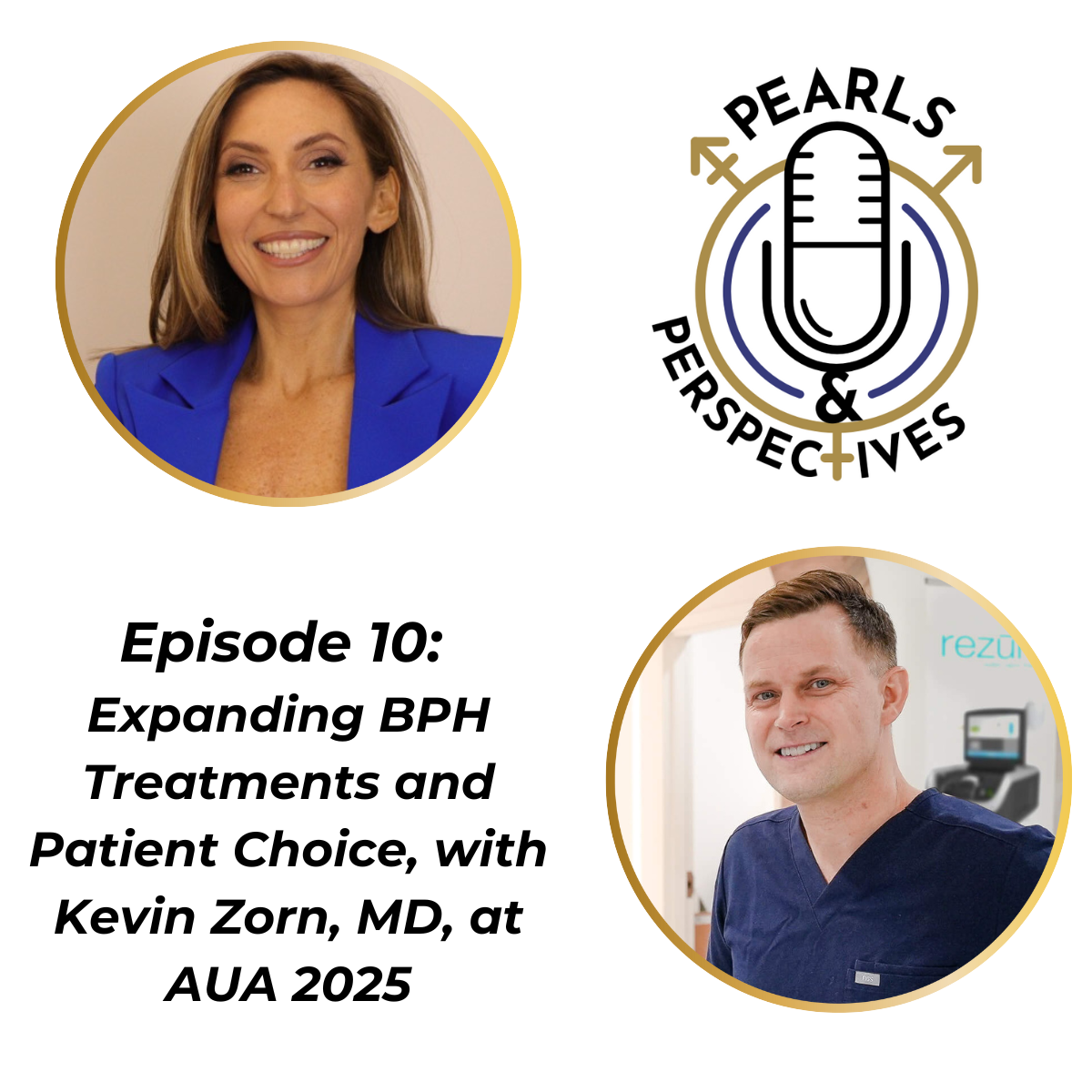News
Article
Short-term ADT plus radiotherapy improves disease-free survival in higher-risk prostate cancer
Author(s):
Findings from GETUG 14 show short-term ADT with high-dose radiotherapy provided 5-year improved efficacy without increased risk of toxicity.
Nicola Demogeot, MD
Credit: LinkedIn

Short-term androgen deprivation therapy (ADT) plus high-dose radiotherapy was associated with improved disease-free survival among patients with intermediate and high-risk prostate cancer, according to new findings.
New data presented in an abstract at the American Society for Radiation Oncology (ASTRO) 2024 Annual Meeting in Washington, DC, this week showed the combination of short-term ADT and a radiotherapy dose of 80 Gy was more efficacious and similarly safe compared to lone high-rose radiotherapy.
Investigators, led by Nicolas Demogeot, MD, of the Lorraine Cancer Institute in France, conducted the phase 3, randomized GETUG 14 study to address the dearth of clinical trials comparing short-term ADT plus high-dose radiotherapy versus lone high-dose radiotherapy in patients with localized prostate cancer. As noted by Kishan et al in 2022, National Comprehensive Cancer Network (NCCN) guidelines recommend 18 – 36 months of ADT plus radiotherapy for treating high-risk prostate cancer—though that advisory may oftentimes fall short in practice.
“Given the adverse effects of ADT, it is commonly underused in real-world settings, with men receiving considerably shorter durations of ADT than indicated,” Kishan and colleagues wrote.
In GETUG 14, Demogeot and colleagues randomized 376 patients with intermediate to high prostate cancer risk to either short-term ADT plus radiotherapy (n = 179) or lone radiotherapy (n = 191). Both treatment arms received an 80 Gy dose; ADT was monthly triptorelin and daily flutamide over 4 months, starting 2 months before irradiation.
The team sought a primary endpoint of disease-free survival, and secondary endpoints including overall survival, biochemical failure, metastasis failure, toxicity, and patient-reported quality of life.
Over a median follow-up period of 84 months, investigators observed a 5-year disease-free survival of 84% among the short-term ADT plus radiotherapy arm, versus 76% among the radiotherapy arm—indicating a 36% reduced risk (hazard ratio [HR], 0.64; 95% CI, 0.43 – 0.89; P = .02). The addition of short-term ADT was also associated with significantly reduced biochemical failure (HR, 0.45; P = .001) and metastasis failure (HR, 0.50; P = .09). However, overall survival was not significantly improved with the combination therapy versus radiotherapy (HR, 1.22; P = .54).
The team additionally observed no difference in acute gastrointestinal toxicity, with 26% reporting grade 2 toxicity in both arms (P = .97). The rate of patients reporting grade 2 genito-urinary toxicity was additionally similar in with both short-term ADT plus radiotherapy (42%) and lone radiotherapy (39%; P = .55).
Investigators additionally observed no difference in late toxicity nor quality of life changes among either treatment arm. Their findings from GETUG 14 further supported the combination regimen strategy for men with localized prostate cancer.
“Short-term ADT improves disease-free survival in intermediate and high-risk prostate cancer patients receiving high dose radiotherapy, without any deterioration in the safety profile,” the team concluded.
References
- Demogeot N, Sargos P, Sahki N, Guerif S et al. LBA06 - Short-Term Androgen Deprivation Therapy and High-Dose Radiotherapy in Intermediate- and High-Risk Localized Prostate Cancer: Results from the GETUG 14 Randomized Phase III Trial. Poster presented at: American Society for Radiation Oncology (ASTRO) 2024 Annual Meeting. Washington, DC. September 29 – October 2, 2024.
- Kishan AU, Steigler A, Denham JW, et al. Interplay Between Duration of Androgen Deprivation Therapy and External Beam Radiotherapy With or Without a Brachytherapy Boost for Optimal Treatment of High-risk Prostate Cancer: A Patient-Level Data Analysis of 3 Cohorts. JAMA Oncol. 2022;8(3):e216871. doi:10.1001/jamaoncol.2021.6871















